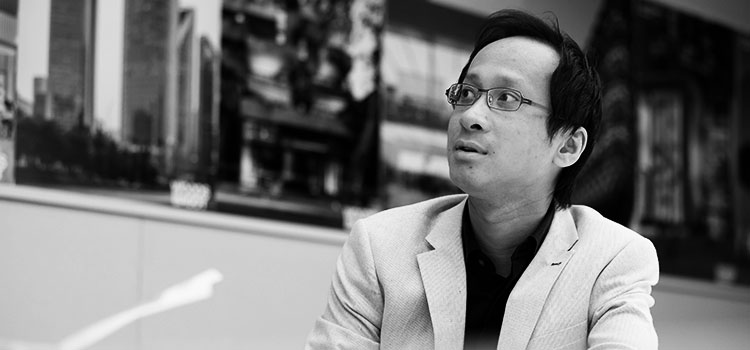Introducing Chair of Judges for the WIN Awards 2024: Woods Bagot's Christopher Lye
From a key riverside masterplan to office interiors that set a benchmark for Shenzhen’s financial district, the Woods Bagot principal and retail sector lead of its Hong Kong Studio tells World Interiors News about the five projects that he feels best reflect his work.
